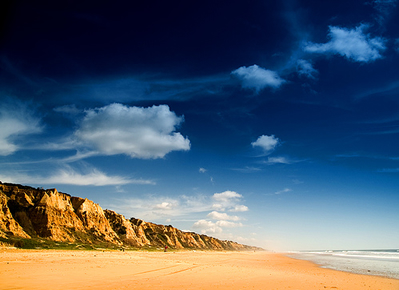The Stroll

Imagine if you will that you are taking a stroll on the beach. There is no breeze. The tide is out. Suddenly, to your amazement, all the grains of sand on the beach rise up and start assembling themselves into a series of precisely patterned buildings with symmetrical rooms and lighting mechanisms. Now your instinctive reaction to this phenomenon would be to try to explain it. What strikes you as astonishing is not simply the coming to be of a brilliantly architected set of buildings but the mystery of how mere grains of sand could pull it all off acting in tandem and following specific pathways. You conclude that the sand has somehow been programmed to act as it does. But then you ask, what gave birth to the program, how was it inserted at the granular level and who watches over the enterprise to ensure that there are no deviations from the program? You are stunned both by the existence of the program and the fact that it could be orchestrated and implemented at such a fundamental level.
This beach-house tale is fanciful. But its main failing is inadequacy, not exaggeration. A grain of sand, which has a size of about 100 microns, for instance, is made up of a million atoms and each atom is about a millionth of a millimeter. Each atom is a universe in its own right with protons and neutrons, themselves made up of quarks, and electrons that are all held together by electromagnetic forces. Atoms contain huge reservoirs of energy. The energy in a single gram of any kind of matter, reports the noted scientist Gerald Schroeder, can boil 34 billion grams of water into steam. It was not for nothing that the poet William Blake talked about seeing a world in a grain of sand. Which brings us back to the same questions we asked with respect to the analogy: How was the sand programmed to be the way it is and how was the program inserted and then enforced.
Excerpt from “The Wonder of the World”
BACK TO:
Posted in: Jewish Beliefs & Philosophy


